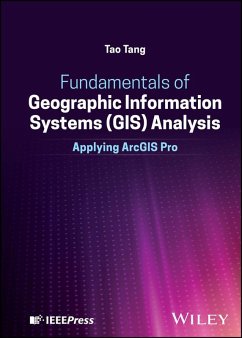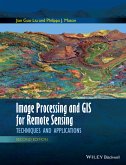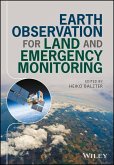Unique and authoritative reference combining concepts, theories, and hands-on analysis in the ArcGIS Pro software environment
Fundamentals of Geographic Information Systems (GIS) Analysis bridges the gap between academic discussions and research with public and private professional practices in the field. The book discusses and illustrates essential concepts and theories, with tutorials showing students how to conduct hands-on analysis in the ArcGIS Pro software environment.
Supplementary material for this text includes data files for the tutorials and student exercises. All datasets are sourced from public domains, including the US Census Bureau data, the New York State ITS Geospatial Services, the New York State Department of Environmental Conservation (NYSDEC), the GIS Services of Erie County New York, and others.
Written by a highly qualified academic, the book covers topics such as:
Fundamentals of Geographic Information Systems (GIS) Analysis is an essential reference for GIS analysts and technicians, urban planners, civil engineers, and computer scientists, along with students in related programs of study.
Fundamentals of Geographic Information Systems (GIS) Analysis bridges the gap between academic discussions and research with public and private professional practices in the field. The book discusses and illustrates essential concepts and theories, with tutorials showing students how to conduct hands-on analysis in the ArcGIS Pro software environment.
Supplementary material for this text includes data files for the tutorials and student exercises. All datasets are sourced from public domains, including the US Census Bureau data, the New York State ITS Geospatial Services, the New York State Department of Environmental Conservation (NYSDEC), the GIS Services of Erie County New York, and others.
Written by a highly qualified academic, the book covers topics such as:
- Digital data models representing geographic information, including vector, raster, and 3D models
- Methods of spatial data input in vector and raster data formats to incorporate geographic features and events with their attribute data
- Geographic data collections in natural sciences, engineering, and social sciences, and relational, spatial, and structural querying of a database
- Coordinate systems, map projection, geo-referencing, geographic analyses, and internet-enabled geographic information sharing
- Spatial interpolation and spatial statistical analysis, network analysis, digital mapping, and map presentations
Fundamentals of Geographic Information Systems (GIS) Analysis is an essential reference for GIS analysts and technicians, urban planners, civil engineers, and computer scientists, along with students in related programs of study.
Dieser Download kann aus rechtlichen Gründen nur mit Rechnungsadresse in D ausgeliefert werden.









